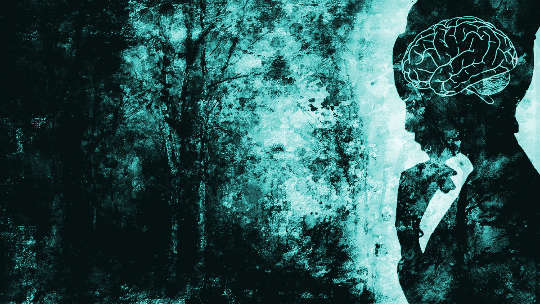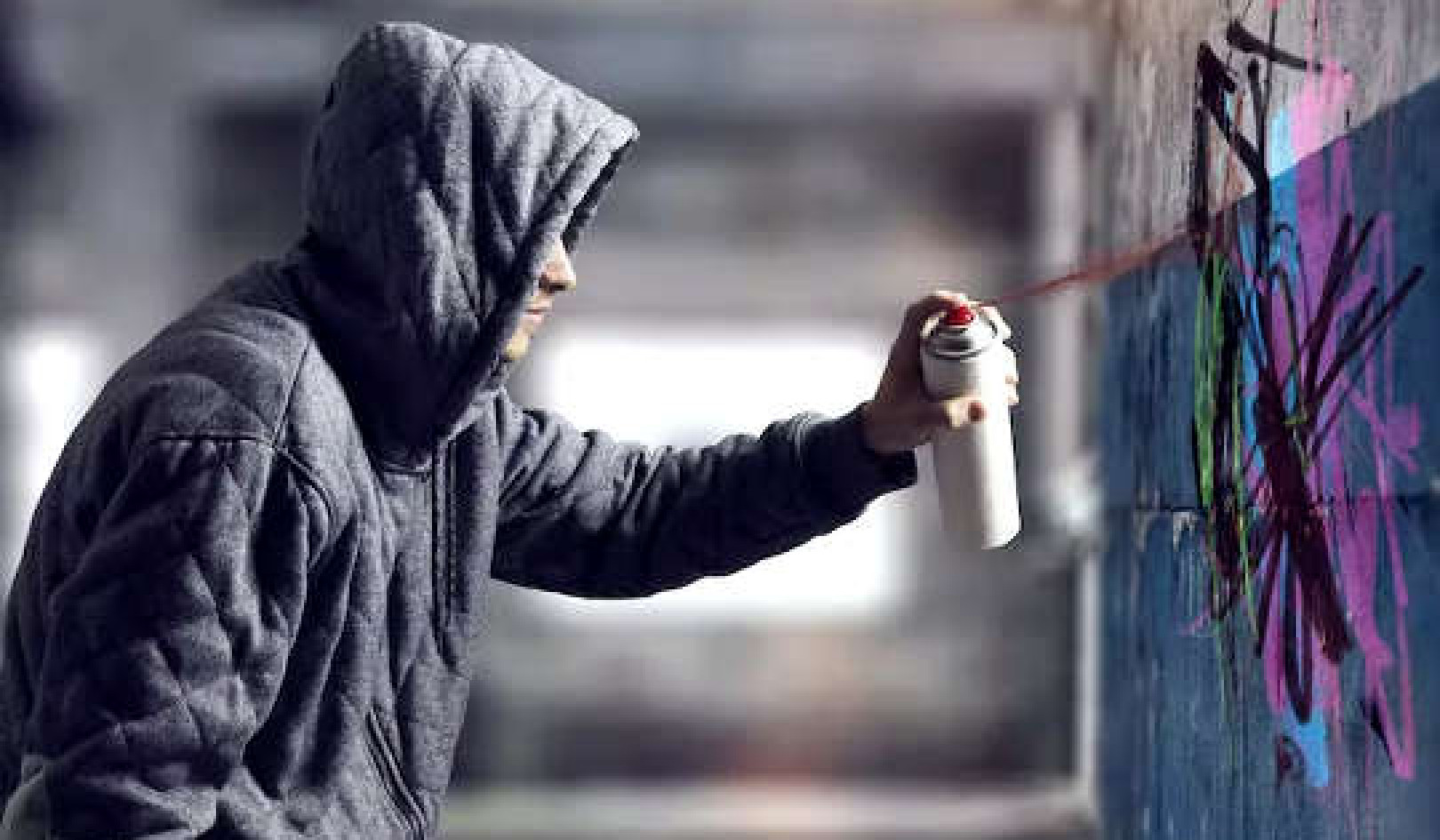
Image by chenspec
Narrated by Marie T. Russell.
Uri Geller, for those readers who did not follow this minor-major comedy, was an Israeli entertainer who could apparently bend metal without touching it, make broken or stopped watches run for short periods, and occasionally make an object disappear, and who displayed undeniable extrasensory perception.
Interested researchers tested Geller’s abilities at the Stanford Research Institute in California. The tests were conducted by only one of the dozens of nearly autonomous departments making up this complex (3,000 employees), but those connected with the investigation, which went on for months, were convinced that the Geller effect was genuine.
Papers stating this opinion were published, and a storm of protest broke out, for academic dogma and was brought into question. . . . So Geller’s discrediting was undertaken. Soon we Americans found out—to the disappointment of some and to the relief of others—that Geller was a fraud, a charlatan, a cheat.
And The Show Goes On...
Then a funny thing happened. Geller went to England in late 1973 to perform his fork-bending stunts on television for the British Broadcasting Company. Geller had observed that people in his audiences occasionally had keys bend in their pockets, rings twist and break on their fingers, and so on while he was doing similar things on the stage. The notion grew that perhaps Geller could operate through people and maybe even at long distance. Or perhaps other people might possess the same odd ability he did.
On the English television show, Geller invited all those people out there in television land to join him, to participate in his metal bending by holding forks or spoons themselves to see if the phenomenon might be repeated. Some 1,500 reports flooded the BBC, claiming that forks, spoons, anything handy had indeed bent, broken, moved about—there, in the homes of Britain. . . .
Surely such hysterical claims are often noted, and no validity can be granted such business at all. The funny thing was that the vast majority of the claimants were between the ages of seven and fourteen, the period of suggestibility and concrete operational thinking.
During the same period, and operating within his own circuit, Mathew Manning, an English teenager, had been doing Geller-type acts since experiencing a poltergeist seizure at eleven years of age. Dr. Brian Josephson, of the prestigious Cavendish Laboratories at Cambridge University (where DNA’s double helix was born), winner of the 1973 Nobel Prize in physics, and a principal in the investigation of young Manning, said: “A redefinition of Reality and Non-Reality is needed now. . . .”
In times past, “respectable” scientists would have nothing to do with psychical phenomena; many of them still won’t. I think that the “respectable” scientists may find they have missed the boat.
The Power of Suggestion
The full extent of the power of suggestion has just barely been touched upon. Whether or not Geller was a fraud, then, is beside the point. We have stumbled on a potential that eclipses the investments and institutions of our culture. Creative logic has been glimpsed. A new aspect of concrete operational thinking has opened. The key to the logic of survival has opened into plain view.
No one involved in Geller effects has the slightest idea how the phenomena occur, no more than the Ceylonese understand how they walk on fire. Geller effects take place without a person’s doing anything and often without a person’s even “willing” anything to happen. Concrete operational forms of reversibility thinking are not necessarily conscious or controllable.
From age seven to about age fourteen or fifteen is the period the biological plan prepares for this learning and development. Uri Geller reports his first phenomena of this sort occurred when he was seven. The phenomena broke into Mathew Manning’s life at age eleven.
Yet, precisely at this point of the reversibility of the ordinary flow of assimilation-accommodation, the academic stronghold rises to reject the phenomena.
Mind-Brain: A One-Way Receptor of Information?
The entire history of Western man rests on the unquestioned assumption that the mind-brain is a one-way receptor of information from its world, designed only to interpret and react in adaptive ways to this information. And the only adaptive ways academically recognized and allowed are those using mechanical devices or ineffectual muscular defense stances.
This institutionalized belief that the mind has absolutely no influence over or relation to its world except through dominating tools has now created a nuclear terror reducing everyone to total impotence and fate. We deny our true nature at our peril because such denial always creates a demonic counter-energy of destruction.
Dr. Joel Whitton of Toronto in his work with Mathew Manning suggests that psychic functions are not random gifts or space-age abilities, but “an innate function and ability in homo sapiens that probably goes back to the earliest history of man.”
Perhaps our myths are correct, and our problem is one, not of evolving a higher mentality, but of reclaiming our lost state.
Transforming the Given: Dancing through the Crack
Ernest Hilgard of Stanford University found that children become highly susceptible to suggestion at age seven. This suggestibility peaks around age eight to eleven and fades around age fourteen.
At seven, the brain can construct concepts out of imaginative ideas or possibilities that apply to the immediate reality. The Balinese child, knows, without thinking about it, that the fire will not burn her because she sees the other dancers and knows that they do not get burned. She knows that by imitating their body gestures, she, too, will have their powers over the world and go unharmed. This is what she has unconsciously practiced in imitative play for years.
Thus, she bends some aspect of the world to her desire, not by some intellectual knowing of how to manipulate information, but by the same kind of automatic work within her brain that makes all conceptual growth and change possible. Her system operates on the incoming information through a combination of patterns: those from the world of cause and effect and those from the idea system of her models.
Rational Worldview Threatened by Reversibility Thinking
A man came to a magical child seminar as a result of an experience that had unnerved him and threatened his academic and rational worldview. His eight-year-old son was whittling with a knife, slipped, and severed the arteries in his left wrist. Following an instant’s panic at the sight of the spurting blood, the father, as if in a dream, seized his screaming son’s face, looked into his eyes, and commanded, “Son, let’s stop that blood.”
The screaming stopped, the boy beamed back, said “okay,” and together they stared at the gushing blood and shouted, “Blood, you stop that.” And the blood stopped. In a short time, the wound healed—and the father’s world almost stopped as well. He knew disorientation and confusion.
He could not account for his own actions or the words he had heard himself speak, and he surely could not account for the results. He did not understand that the child is biologically geared to take reality cues from the parent; he did not know of the high suggestibility of the eight-year-old, of concrete operational thinking, or that at his age his son was peculiarly susceptible to ideas about physical survival. But some part of him did know and broke through in the moment of emergency. All the son needed, of course, was the suggestion and the support.
The creative logic unfolding during this late-childhood period can be summed up as reversibility thinking, an ability that Piaget calls the highest act of human intelligence but, sadly, the rarest. Reversibility thinking is, to use Piaget’s description, “the ability of the mind to entertain any state in a continuum of possible stages as equally valid, and return to the point from which the operation of mind begins.”
A simpler statement would be: reversibility thinking is the ability to consider any possibility within a continuum of possibilities as true, knowing that you can come back to where you started from.
At this point, our Western logic breaks down before an irresolvable paradox. To us, you cannot have it both ways. You cannot dance on the coals without even a blister while beneath those coals pigs and pineapple or whatever are roasting. Frozen in our no-man’s-land of confusion between world and reality, having lost the best of both worlds, the organization and the extent of our logic is either-or.
Between the either and the or lies a rigorously excluded middle that we Westerners feel we must maintain, or else our whole semantic universe will collapse into chaos (as, in fact, it might). And through that excluded middle, ignorant of our logical niceties, the little Balinese child blithely dances.
Renewing the Promise
All our creativity, then, has so far been a combination of formal and concrete thinking, and this is surely one of the great combinational forms available to us. But with due respect, awe, and wonder for this kind of creation, I would point out that it is limited, nevertheless, to the concreteness of its medium. The mature intelligence should be able to interact with the possibilities of the living earth.
The biological plan might go underground in this strange semantic reality of ours, but it is impossible for it to be extinguished. Our lives are filled with cues concerning real needs. The father who was suddenly moved to join his son in stopping the flow of blood had somehow broken through the noise level of his ordinary anxiety and followed the subtle signals of his body.
A certain risk seems inherent in this kind of action, though, because it leads into unpredictable territory. Indeed, we have historically referred to this kind of non-ordinary response as left-handed thinking because the right hemisphere [of the brain], which runs the left hand, seems the repository for this kind of effect. Cultures have always represented this left hand as the sinister, dark, and evil largely because of its unpredictability.
Had that father followed the predictable path of reaction, an entire chain of predictable forces would have been enacted: perhaps the sympathetic rescue squad and dramatic sirens wailing, sympathetic police and dramatic hospital emergency room, sympathetic doctors and nurses and maybe even the drama of the local news media and a human-interest story. Surely vast machinery would lie idle if left-handed thinking were to be employed habitually.
Our anxiety conditioning leads us to believe this left-hand process is tantamount to death itself, and our conditioning sets up buffers between this dark unknown and our ordinary awareness, which is sustained by verbal feedback and that which is right. Attuned to this noise, we lose our communication with the subtle power of the rest of our being.
To become quiet and respond according to these subtle signals seems to be the equivalent of giving up our last defense. Yet, the moment we can drop such defenses, even for a brief time, and respond to our left hand, we shift matrix from anxiety to the primary process within.
Copyright 2021. All Rights Reserved.
Reprinted with permission of the publisher,
Park Street Press, an imprint of Inner Traditions Intl.
Article Source
The Life and Insights of Joseph Chilton Pearce: Astonishing Capacities and Self-Inflicted Limitations
edited by Michael Mendizza
 An expert in child development, Joseph Chilton Pearce (1926-2016) devoted his life to exploring the optimum development and astonishing capacities within each individual human being. Across his 12 visionary books and thousands of lectures, he blended cutting-edge science with spirituality and explored the amazing power of imagination for both children and adults--the space where we are able to play with our reality--inspiring millions to discover the human birthright of a more magical world.
An expert in child development, Joseph Chilton Pearce (1926-2016) devoted his life to exploring the optimum development and astonishing capacities within each individual human being. Across his 12 visionary books and thousands of lectures, he blended cutting-edge science with spirituality and explored the amazing power of imagination for both children and adults--the space where we are able to play with our reality--inspiring millions to discover the human birthright of a more magical world.
In this guide to Pearce’s complete vision of transcendent human potential, Michael Mendizza explores 7 of his most influential books, sharing insights and expertise from Pearce’s full range of interests, from child development and conscious parenting to psychic phenomena and altered states to the power of the mind to shape reality.
For more info and/or to order this book, click here.
About the Author
 Joseph Chilton Pearce (1926-2016) is the author of The Death of Religion and the Rebirth of the Spirit, The Biology of Transcendence, The Crack in the Cosmic Egg, Magical Child, and Evolution’s End. For more than 35 years, he lectured and led workshops teaching about the changing needs of children and the development of human society. He lived in the Blue Ridge Mountains of Virginia.
Joseph Chilton Pearce (1926-2016) is the author of The Death of Religion and the Rebirth of the Spirit, The Biology of Transcendence, The Crack in the Cosmic Egg, Magical Child, and Evolution’s End. For more than 35 years, he lectured and led workshops teaching about the changing needs of children and the development of human society. He lived in the Blue Ridge Mountains of Virginia.
More books by Joseph Chilton Pearce.
About the book's editor
Michael Mendizza is an entrepreneur, author, educator, documentary filmmaker, and founder of Touch the Future, a non-profit learning center focused on optimizing human potential beginning with the parent-child relationship. He had a deep friendship with Joseph Chilton Pearce spanning nearly 30 years and together they coauthored Magical Parent Magical Child.



























